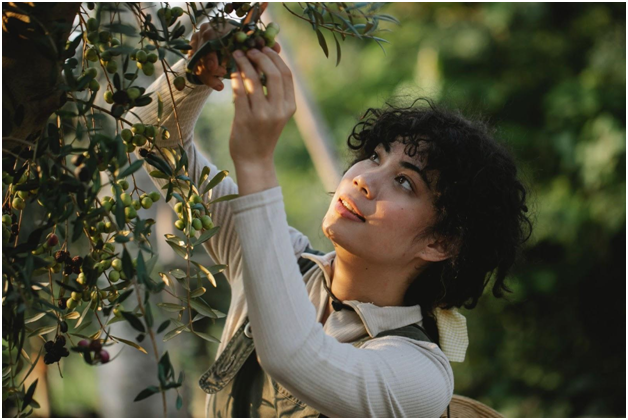Edible Landscapes for California Weather

In today’s generation, it is essential to integrate urbanism and a sustainable food system. It is to encourage individuals to have a better lifestyle. Edible landscape designs focus on reintroducing food into cities and reconnecting people with their local food systems. Edible landscapes are growing in response to the slow food movement and promoting a greener lifestyle.
California is a unique region with a diverse climate that ranges from Mediterranean to desert-like conditions. Summers in California are hot and dry, with little rain, so growth during the hottest days can be difficult. Yet, Southern California offers an exceptional environment for cultivating practically everything.
Tips For Creating Your Edible Landscape In California Weather
1. Select Heat-Tolerant Plants
The hot summer heat scorches sensitive plants. In the summer, grow heat-tolerant plants like sunflowers, beans like the Anasazis, and maize. You may assist these plants in surviving dry circumstances by watering them regularly and building an irrigation system in your yard. Water your plants early in the morning to avoid the water heating up and further cooking them.
You can enjoy creating edible landscapes with adequate backyard space. If you have a limited backyard and are thinking of upgrading. You can move into a more prominent location with a bigger space for your edible garden. There are a lot of mortgage companies that offer loans with flexible terms to help you achieve your dream home with outstanding landscapes.
2. Take Care Of New Plants
Veggies are susceptible to “irritation” or become weathered when moving to a new edible garden. Provide shade for these transplants with screens or taller plants until they fully develop healthy roots . Note that California sun is more intense from June to August, so everything you can do to lower the intensity without eliminating it would benefit your new plants.
3. Plant Watermelons
Melons enjoy the heat and absorb sunlight. While they require some water, they may survive in dry situations, but you must regularly water them. Pay attention to the vines and ensure they dry out only a little to check if they need watering.
Creating your edible landscape garden could also be a fun and exciting way to relieve stress, aside from exploring the great outdoors of California. You can think of unique designs in building your landscape. Many aesthetic samples online could suggest what to do with your garden.
4. Winter Veggies
Start your winter veggies in August. Cabbage, broccoli, kale, leeks, onions, and fava beans are among the kinds that thrive in the area; if you are concerned that chilly weather may arrive sooner rather than later, plant in pots or above-ground gardens that can be readily covered and protected from the cooler evenings.
5. Plant Everbearing Strawberries
Because the ideal soil drains fast, California produces around 80% of the strawberries in the United States. Although it is best to plant in chilly weather to let the blossoms mature correctly, everbearing bushes will give fruit throughout the year, providing delicious berries to enjoy during the hottest summer days.
6. Pick Flowering Vegetables
Some vegetables complement other flower species, such as nasturtiums with summer squash and marigolds with tomatoes. Due to the diversity of plants used in edible landscaping, you may stagger the flowering or harvesting seasons of the plants in your yard to provide year-round beauty.
The Bottom Line
Consider the type of plants you want in creating your edible landscape. Choose the types that would survive the weather in California. You can also consider the types of plants that have colorful flowers to boost your landscape’s design.
The practical integration of edible plants into an aesthetic or decorative environment is called edible landscaping. Edibles in landscape design may give a distinct attractive component to a garden while giving extra health, aesthetic, and economic advantages.


